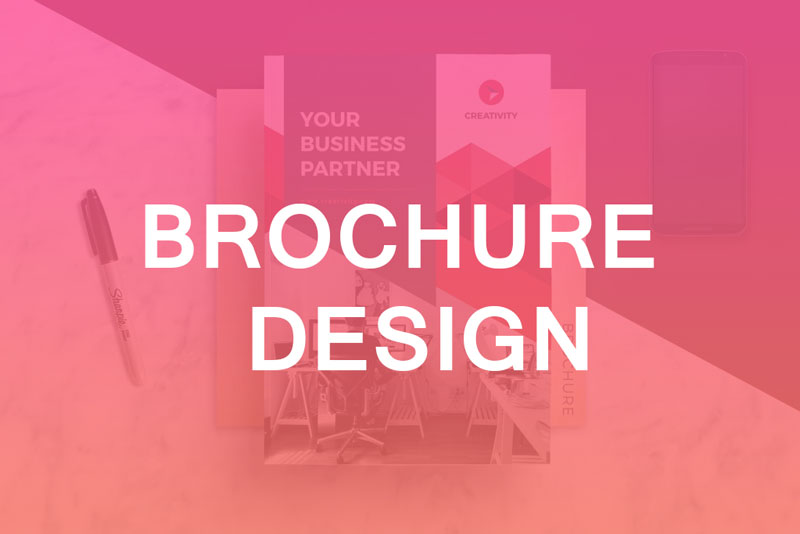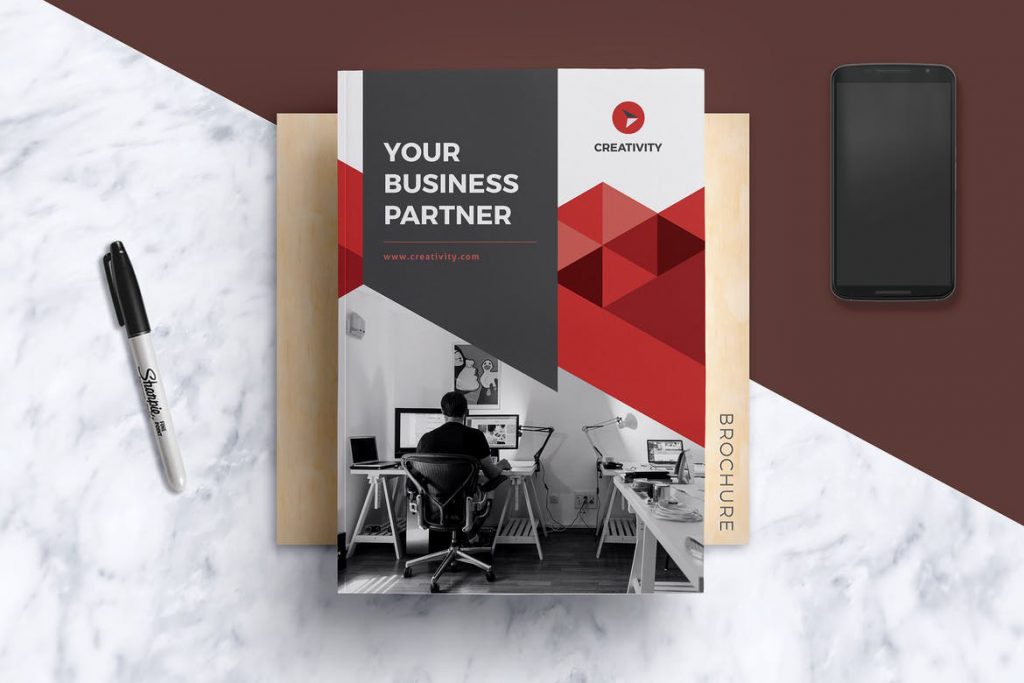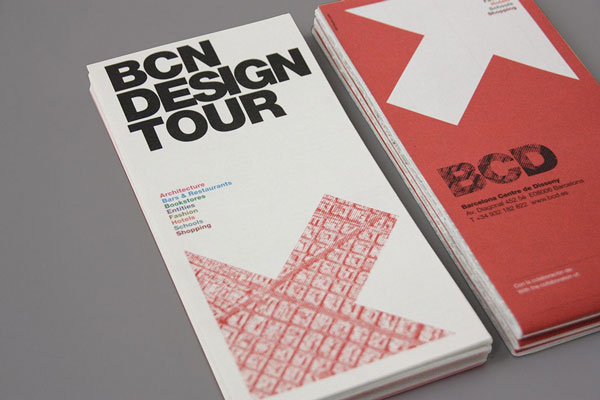7 Tips for Perfect Brochure Design In 2019: Designing an ideal brochure can be intimidating. In addition to all the design considerations you normally think of, there are some points that are specific to published jobs. Today we’re having a look at ten beneficial suggestions for boosting your following brochure design!
Below are 7 Tips for Perfect Brochure Design
You May Also Like: Top 10 Tips for Excellent Product Designing
1. Understand Print Requirements
Unlike designing for screens, you need to understand exactly just what your spending plan allows regards to print. This could affect the quantity, dimension as well as paper stock and results.
Begin by establishing requirements for the brochure so that as you design on the display (probably in Adobe InDesign), you are creating exactly just what you need from the beginning.
Think about paper size, folds and also bleed. It’s vital to know the ability of the printer prior to you get too deep into the design process. For thick, extra pamphlet design brochures, you could additionally intend to think about the assembly of web pages.
2. Think about the Audience
The form as well as the distribution of a brochure design ought to mirror the target market who will certainly obtain it. Even designs that look like standard paper sales brochures can be sent electronically with interactive features in a PDF.
If you are handing out a brochure to individuals on the move, consider a dimension and layout that’s simple to put in a pocket or bag. (Trifolds, as well as postcards, can be excellent alternatives.).
Ultimately, for stakeholders or vital companions, thicker or even more durable sales brochures with multiple web pages or in a larger size may be ideal.
One final point to consider in regards to the audience: Consider the age of receivers. Are they more youthful or older? This can influence kind dimension and total feel of the design.
3. Use High Quality Every Little Thing
You can’t escape low-grade elements when generating something for print. A low-res picture or image will certainly come to be obvious quickly. A trial typeface that’s not created print will disintegrate.
You need to make use of high-grade, high-resolution whatever to make certain that your brochure design looks excellent. That consists of photos, pictures, icons and also logos, typefaces, and sharp color palettes.
While exact specifications will differ rather by a project as well as the print canvas as well as approach, usually you want photos as well as design elements to be at least 300 dpi on screen in the dimension they will be utilized. (None of those 72 dpi internet images will work. Do not even try).
4. Usage Structure
There are many physical attributes you could consist of in published brochure design. These elements could help include perceived value to your message due to high aesthetic appeal to readers.
Consider these results:
- foil: Shiny lettering or feature for a certain section of the design.
- Area UV: An unique gloss or matte finish on part of the design.
- Letterpress: Printing that makes an imprint on particular parts of the design, such as the brochure over).
- Folds: Bi- as well as tri-folds aren’t the only alternative, fascinating layer patterns could encourage user interaction.
- Paper: Paper kinds with various textures could establish the tone of a project.
- Die Cuts: Cutting out parts of the design so another thing shows through develops a send out of enigma.
The more pages or panels the design has, the even more times you will certainly duplicate the CTA.
5. Consider Display
Where will customers see or get your brochure?
Create a design that works in that environment.
Among one of the most usual problems with brochure design is neglecting that many pamphlets match some type of container for display. (This is rather usual with brochure layouts such as tri-folds or maps).
Ensure crucial visuals and also messaging are simple to see as well as review prior to they are drawn from the container.
The various other key consideration is dimension and range. Just how huge is the brochure? How away will it need to draw in the interest of people who have to see it? Design elements must be scaled as necessary.
6. Go For High-Quality Paper
The paper option you make can influence how customers get the design. In addition, it can impact the strategies made use of in the design procedure.
Generally, of thumb, heavier stock documents enable more versatility with shade and printing methods. They really feel extra pricey and also outstanding to users. However, that doesn’t always suggest the thick paper is much better.
In some cases, you might want a lower supply print run, specifically for high print quantities or mass circulation to a large audience.
When choosing a paper supply as well as style, think of exactly what it states about the message the brochure is planned to share. Do they match?
7. Design for Printing
Keep in mind to design your brochure for printing.
Usage CMYK shade, produce a bleed where necessary, pay attention to exactly how elements will certainly review throughout breaks and fold up.
Sometimes it can be hard to visualize just how a complicated print design will certainly look when it really revives. Develop a method duplicate as best you could even if you need to reduce web pages as well as tape them with each other to make sure that elements, as well as web pages in the brochure, look as mean.
Often results such as letterpress can look amusing on the back or a die cut could produce a strange room for design elements on the contrary page. Take note and seek special factors to consider that you should attend the design procedure to make sure that your print job is a success.
Download: 12 Best Tri-Fold Brochure Templates For InDesign 2018



